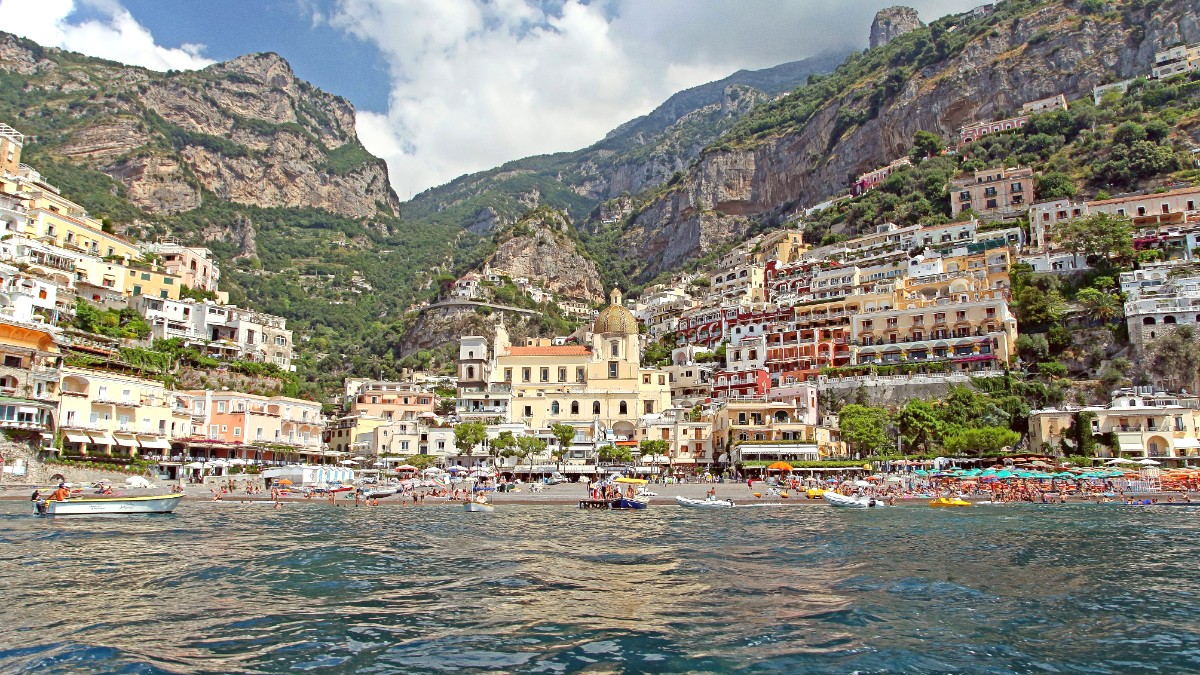
Campania, Italy
The main public transport in Positano and along the Amalfi Coast is the SITA Sud bus service. These large, blue buses connect Positano with Sorrento to the west and other Amalfi Coast towns like Praiano, Amalfi, Ravello, and Salerno to the east.
A smaller, orange local bus, the Flavio Gioia Line, provides useful transportation within Positano itself, connecting upper areas like Chiesa Nuova, Montepertuso, and Nocelle with the lower main village, including the Spiaggia Grande beach area. This local bus is very helpful for avoiding endless stairs.
Connects Positano with Sorrento, Amalfi, Ravello, and Salerno along the SS163 coastal road.
Internal bus connecting upper Positano (Chiesa Nuova, Montepertuso) to the lower village and beach.
Buses can be very crowded in peak season; prepare for standing room only.
White or yellow with "TAXI" sign.
Found at stands or called by phone.
€20-€50 for short in-town rides.
Ride-sharing apps are very limited or non-existent.
Car rentals are generally not recommended for exploring Positano due to challenging roads, heavy traffic, and very expensive, limited parking. Scooters are available but carry significant safety risks for inexperienced riders.
50 km/h in urban areas, 90 km/h on main roads, 130 km/h on motorways.
Legal limit is 0.05%.
SS163 is narrow, with sharp turns and blind spots; traffic can be heavy.
Walking is the main and most enjoyable way to explore Positano. The village core is largely pedestrianized.
Very limited bicycle infrastructure exists in Positano.
Coastal road generally not safe for casual cycling.
Suitable only for very experienced road cyclists.
Heavy traffic and narrow lanes pose risks.
No specific "no-go" areas for pedestrians in terms of safety.
Some private properties or unmaintained paths should be avoided.
For a memorable and efficient way to see the coastline, consider taking a boat taxi or ferry for at least one leg of your journey.
The views from the sea are unparalleled, and it often bypasses road traffic.